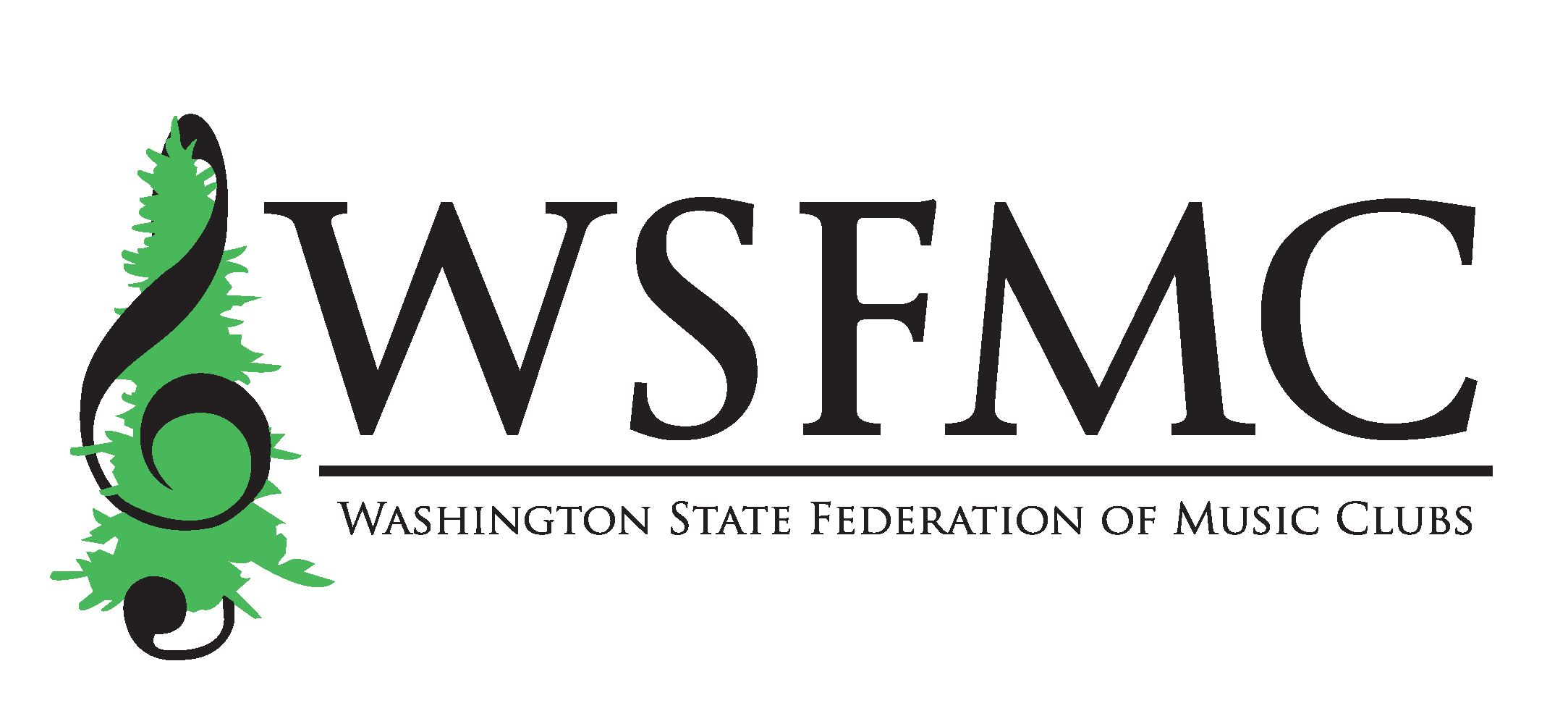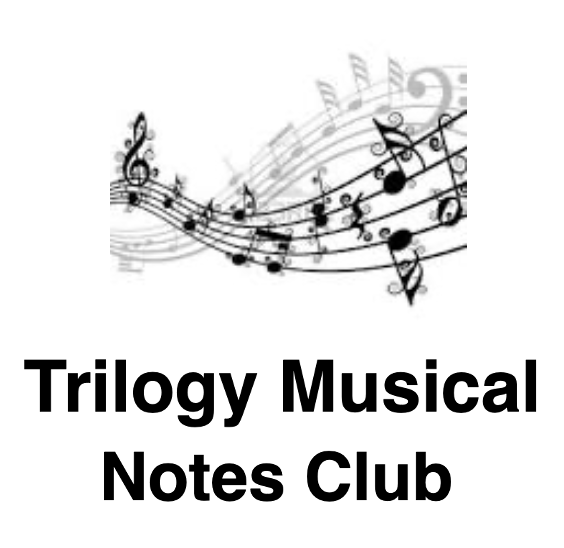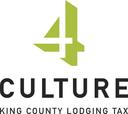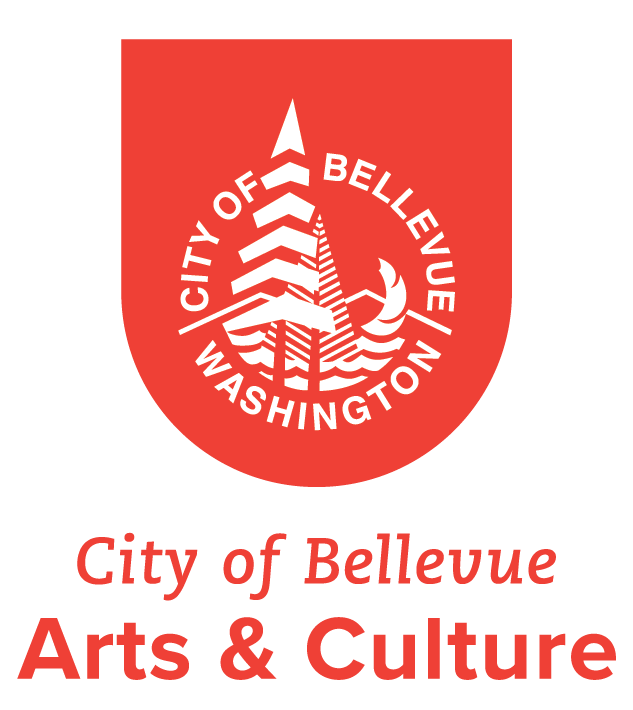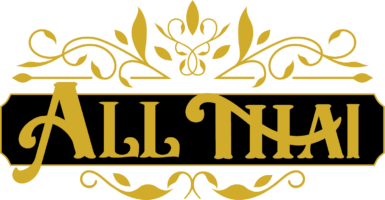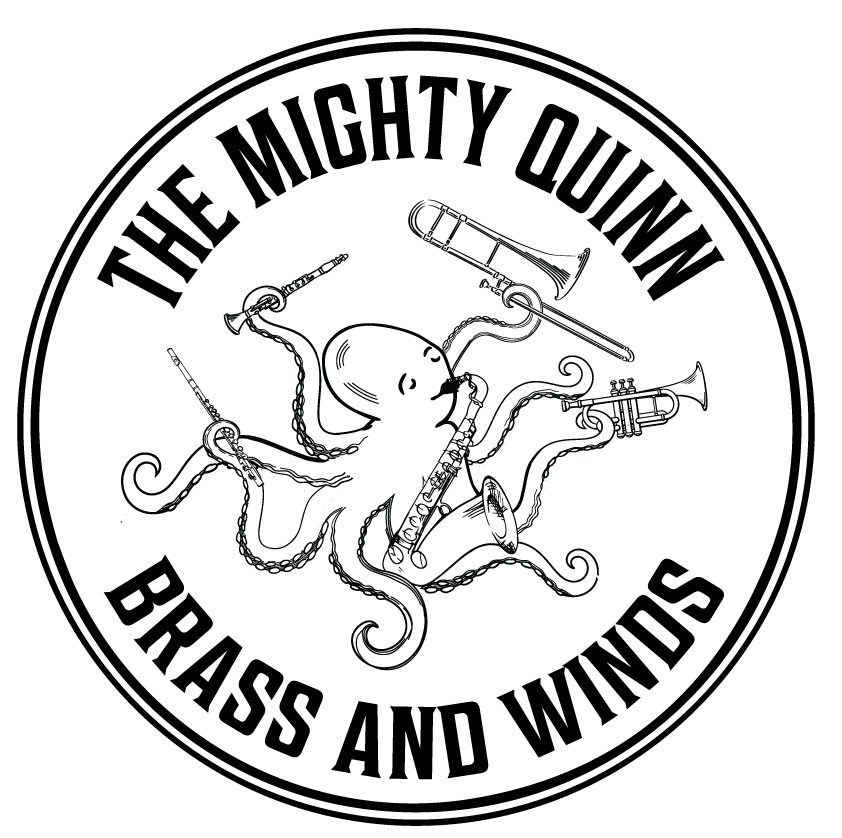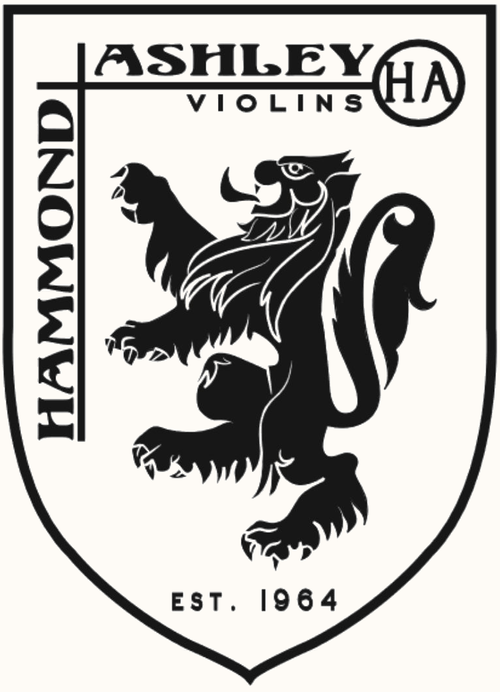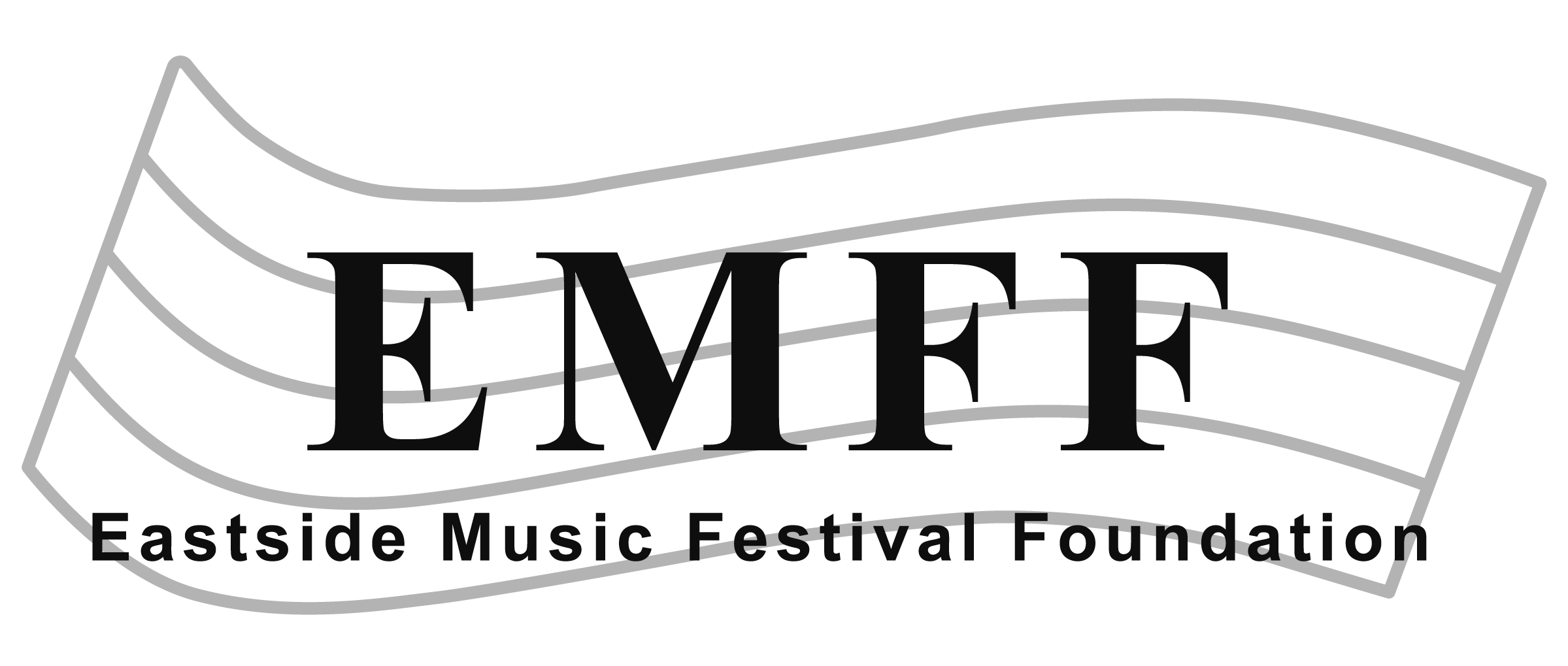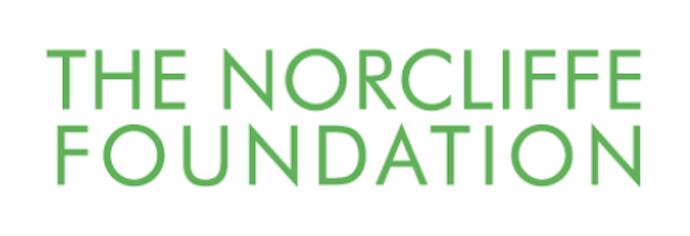Seating Auditions on April 14th
French Horn seating auditions are first on Monday, March 31st.
All other instrument sections have seating auditions on Monday, April 14th. Part spots are below.
Important Details for all: All instruments have four spots with at least three being from the Verdi. Please use the first part for your instrument (if more than one part). For the Verdi ‘Piu animato’ section, tempo should be quarter = 136 with focus on articulations, note length, and dynamics in addition to note accuracy.
Flute
- Verdi: C to 14 measures after D; I to J; Piu animato to the end
- Bizet Les Toreadors: Beginning to A
Oboe
- Verdi: C to 14 measures after D; I to J; Piu animato to the end
- Bizet Aragonaise: Opening solo to A
Clarinet
- Verdi: G to H; I to J; Piu animato to the end (check the original part for missing dynamics)
- Bizet Les Toreadors: Beginning to A
Trumpet
- Verdi: 4 measures before D to E; H to I; O to the end
- Bizet Les Toreadors: 11 measures before the end to the end
Trombone/Euphonium/Tuba
- Verdi: C to E; I to J; O to the end
- Bizet Les Toreadors: E to the end
Violin
- Verdi: A to bottom of the first page (stop at the 2/4 time signature); 6 measures before E to F; I to J; Piu animato to the end
Viola
- Verdi: H to I; 6 measures before E to F; Piu animato to the end
- Bizet Les Toreadors: D to E
Cello
- Verdi: Beginning to A; I to J; 6 measures before E to F; Piu animato to the end
Double Bass
- Verdi: I to J; 6 measures before E to F; Piu animato to the end
- Bizet Les Toreadors: 9 measures after A to B
Congratulations on a fantastic Winter Concert!
Spring Quarter Reference Videos
This is Verdi’s La Forza Del Destino Overture performed by the Orchestra Sinfonica di Milano (Italy) and conducted by Xian Zhang who will be Seattle Symphony’s new music director next season.
This video shows the score to Verdi’s La Forza Del Destino Overture. This performance is by the Vienna Philharmonic Orchestra conducted by Giuseppe Sinopoli.
This is a compilation of both of Bizet’s Carmen Suites performed by the NHK Symphony Orchestra (Japan) conducted by Kimbo Ishii. We will be performing ‘Les Toreadors’ (mvmt 1 in this video), ‘Prelude’ (mvmt 2), and ‘Aragonaise’ (mvmt 4). Check the YouTube notes for direct links to each movement in the video.
Winter Quarter Reference Video
For a video of Antonín Dvořák’s Symphony No. 4, Fourth Movement (Allegro con fuoco), use the link below. This final movement begins at 32:38. This is the ‘All-Star Orchestra’ conducted by Gerard Schwarz who was the music director of the Seattle Symphony for 26 years.
https://www.youtube.com/watch?v=RcrRDrMyYi0
Fall Quarter Reference Videos
Alpha and Omega by American composer Soon Hee Newbold. This is a computer-generated recording with the score. https://www.youtube.com/watch?v=Ge3Ckg_qzfc
Symphony No. 4, Finale (Fourth Movement) by Pyotr I. Tchaikovsky. This is a recording by a Russian symphony with the score. The Fourth Movement begins at 33:27. https://www.youtube.com/watch?v=_Xldfaf4NGw
Welcome to Philharmonia’s 2024-25 Season!
The music for our first concert will be posted on our website and linked above in the weeks ahead. Please check for email notifications so that you can print out your music before our first rehearsal on Monday, September 23rd.
I am in the process of selecting repertoire for this season, and I would like to have the input of our Philharmonia musicians. If you have a piece or composer in mind, please email me the details at philharmonia@byso.org, and I will consider it.
Looking forward to a great season!
Mr. Kempisty, Philharmonia Conductor







